A sensational discovery in the heart of an industrial zone: over 170 species of birds have been identified at the production site of "Lukoil Neftochim Burgas", leading experts revealed. The discovery overturns traditional notions of industrial zones as lifeless, dead spaces and questions the boundaries between human activity and nature.
Rich Biodiversity in an Unusual Habitat
According to a statement by Iryna Kirova from the Green Balkans conservation organization, this high species diversity is unprecedented for such a site. The on-site studies were not an easy task. The expert teams carried out extensive field observations, which were supported by in-depth analysis of existing literature and extensive databases accumulated by specialists over many years.
The discovery takes on even greater significance when examined in detail. Of all the documented birds, over 70 species are included in the Red Book of Bulgaria, which makes them extremely vulnerable and in need of special conservation measures. Furthermore, more than 150 of the identified species are protected by the Biodiversity Act, and more than half fall under the strict protection of the European Union's Birds Directive. This data unequivocally defines the territory of the Burgas refinery as a key refuge for rare birds on a national and international scale.
The most emblematic presence on the site is that of the Lesser Kestrel. This raptor is an extremely rare species, with specialists suggesting that one of only 4-5 known nesting sites in the entire country is located within the confines of "Lukoil Neftochim Burgas". The observation of such a sensitive species in such an environment highlights the uniqueness of the discovery and the ecological value of the area.
Reasons for the Unique Species Diversity
The reason for this unexpected wealth of species lies in the site's exceptional geographical location. Its territory borders the "Burgas Lake" protected area, which is part of the Natura 2000 ecological network. Furthermore, the Aytos River passes through the production site itself, and artificial reservoirs have been formed within the plant's boundaries. All these elements provide ideal conditions for nesting, resting, and feeding for many waterfowl species.
Adding to this is the fact that the Via Pontica migration route also passes over the area. It is the second-largest in all of Europe and is a busy air highway for flocks of migrating and wintering birds that regularly fly over Burgas. This migratory activity further enriches the ornithofauna of the area.
Protected Species and Conservation
In addition to the Lesser Kestrel, numerous other protected and impressive species have been observed on the plant's territory. Experts have documented:
- storks
- graceful herons
- majestic pelicans
- various types of geese
- a wide range of eagles and other raptors
which find shelter and food in this unusual habitat.
You may also like
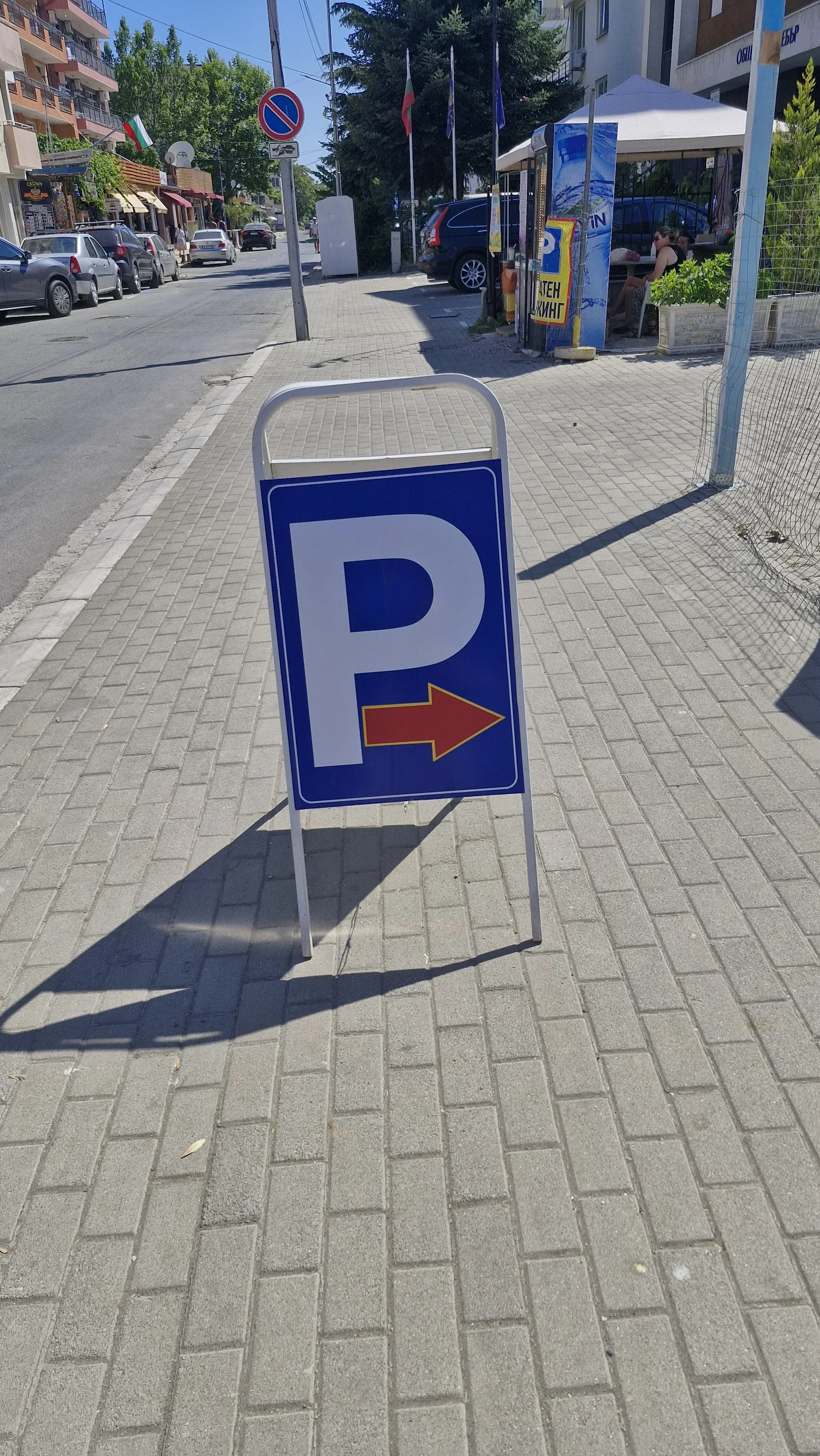 Burgas Municipality Purchased Land for Parking Spaces on Maria Luiza Blvd
Burgas Municipality Purchased Land for Parking Spaces on Maria Luiza Blvd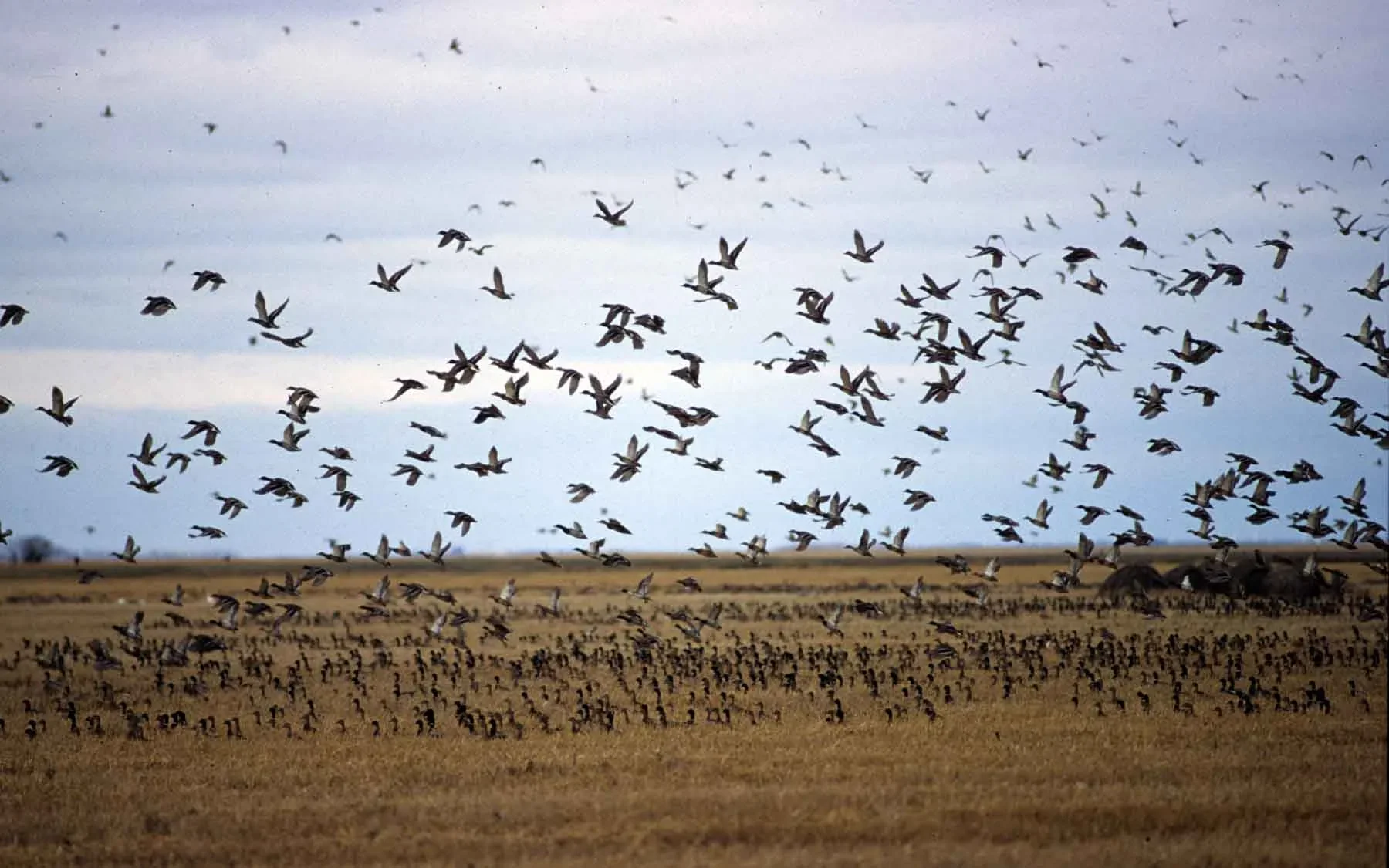 Climate Chaos and its Impact on Birds in Bulgaria – Interview with Dr. Dimitar Plachiyski (BSPB)
Climate Chaos and its Impact on Birds in Bulgaria – Interview with Dr. Dimitar Plachiyski (BSPB) Burgas Customs Destroys Over 14 Million Cigarettes and 486 kg of Tobacco During Inspections
Burgas Customs Destroys Over 14 Million Cigarettes and 486 kg of Tobacco During Inspections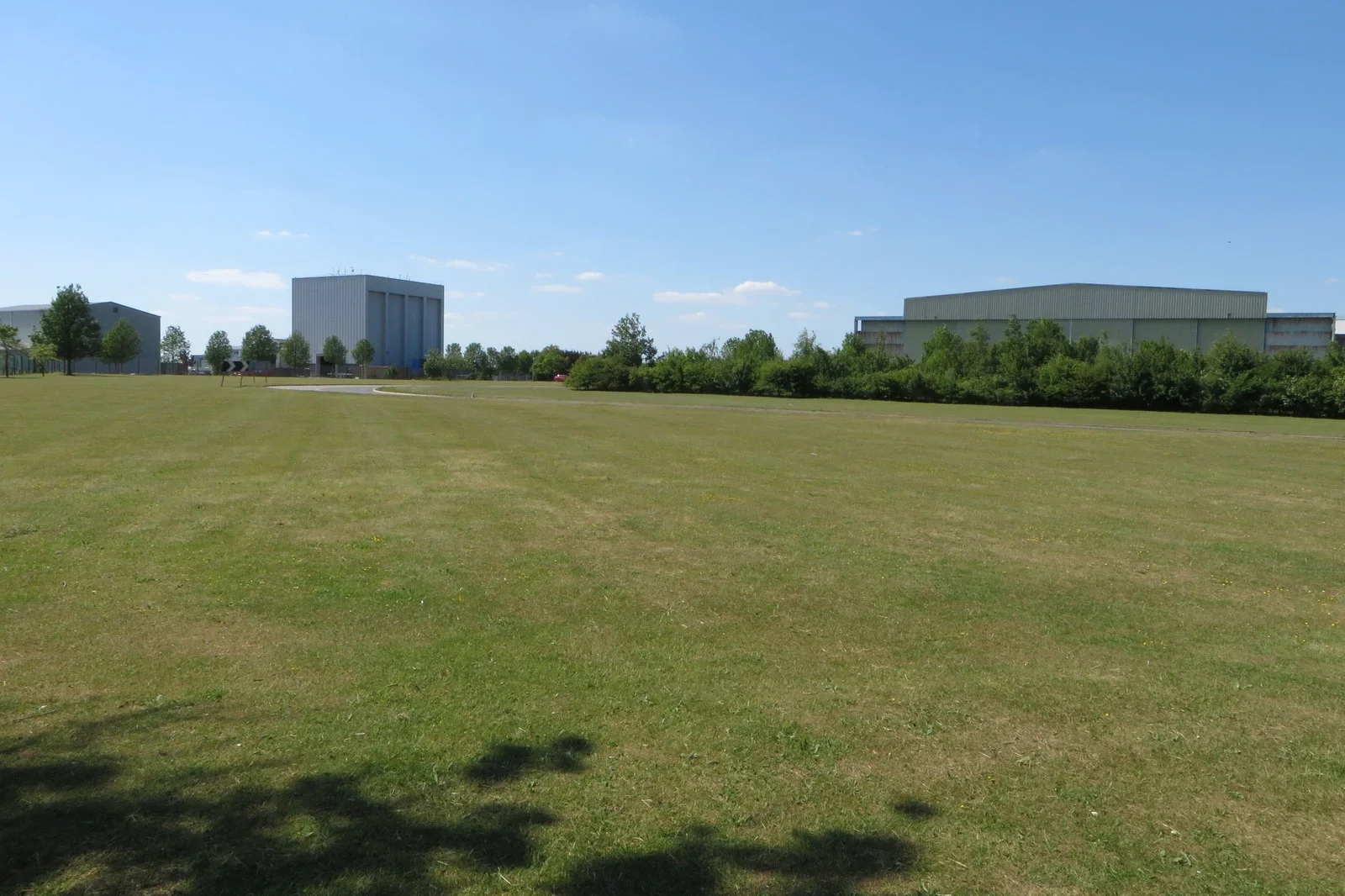 Burgas Municipality Creates a New Industrial Zone: Business Park Burgas 4
Burgas Municipality Creates a New Industrial Zone: Business Park Burgas 4
The conservation of this biodiversity is also supported by the internal rules of the site itself. Strict hunting restrictions have been introduced on the plant's territory, which provides additional security and protection for the feathered inhabitants, allowing them to exist undisturbed in close proximity to one of the largest industrial giants in the Balkans.

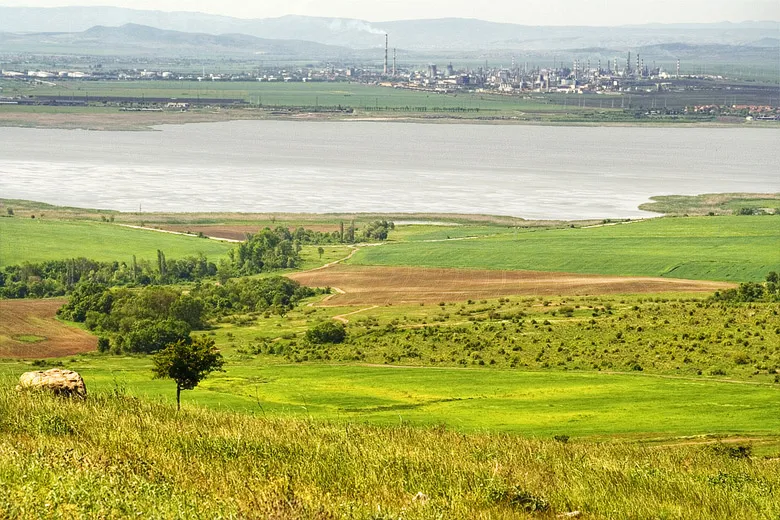

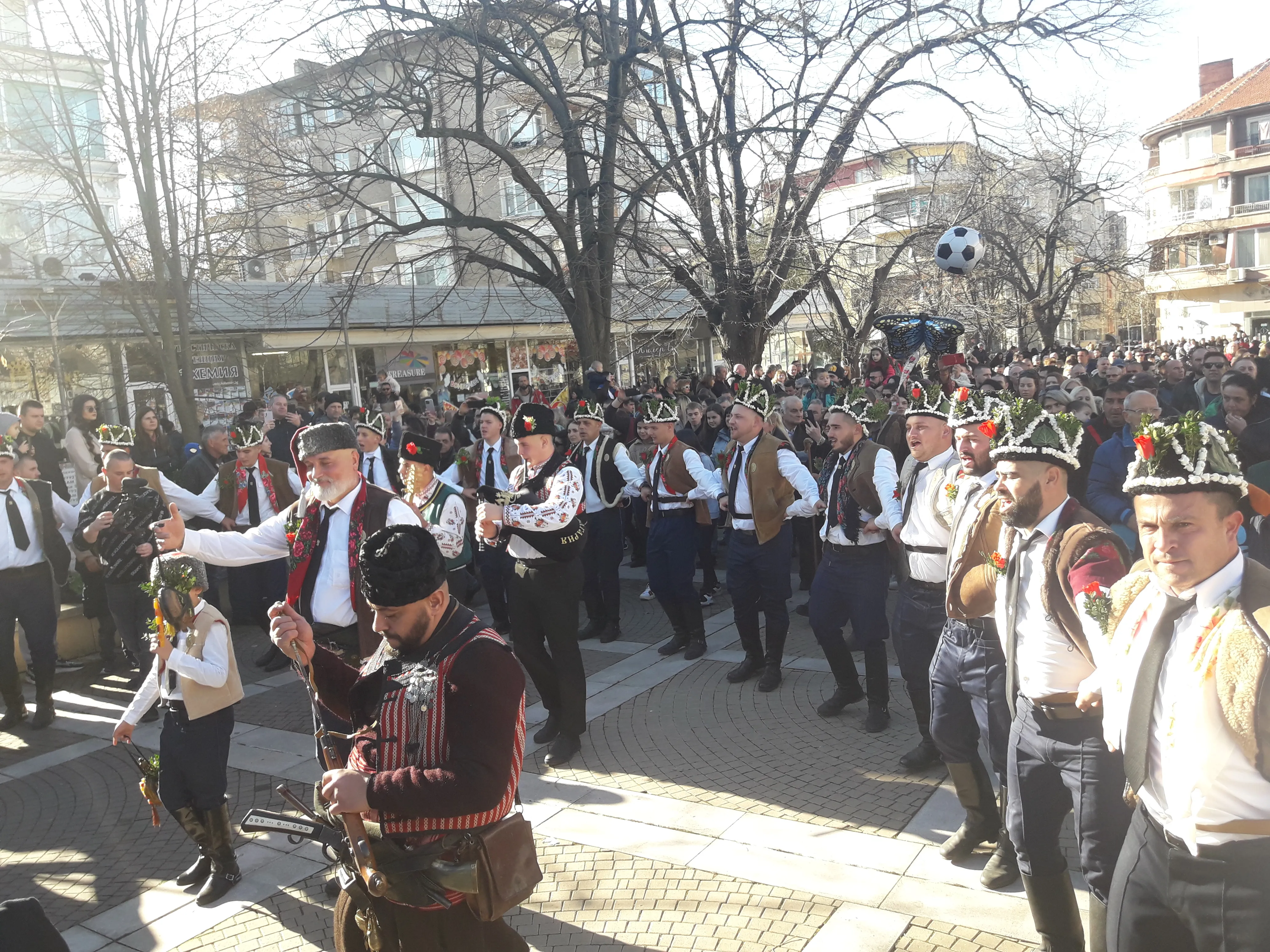
Коментари (41)
as2021
23.08.2025, 09:48Абе айде, пък птиците авно нямат избор къде да кацнат 🤣🐦
м. димитров
23.08.2025, 09:53Супер находище, птиците си знаят работата! 😄🦉
m. тодоров
23.08.2025, 10:07Айде бе, тва е яка биолошка защита!
pesho98
23.08.2025, 10:08Neveroyatno! Industrialnata zona mozhe da e neochakvan rezervat za divata priroda.
PESHAKA
23.08.2025, 10:22лудница! явно природата оцелява навсякъде 👍!!
7941B
23.08.2025, 10:22явно петролът бил добър хабитат за птичките 😂🦜
NQKOI
23.08.2025, 10:24yako! petrolat = petak za ptitsite 🦉🛢️
asdasd
23.08.2025, 10:52Гледай к'во стана! Птицте са повече от работниците сигурно.
PICH_007
23.08.2025, 10:57цил завод станал резерват, лол. пък те да пазят некои пернати.
4193
23.08.2025, 11:17Факт! Невероятно откритие за биоразнообразието.
BratVasko1987
23.08.2025, 11:21Че нали нефтените бази са като огромни резервати? 😂🦉!
DARKANGEL
23.08.2025, 11:22Леле,койдасипомисли-петроленкомплекситолковаптички!🐦🤯
Bat_Jordan2008
23.08.2025, 11:42Бате, птиците си живеят яко сред петрола! 🦉🛢️ Оцеляване ма, браво!
Barona2012
23.08.2025, 11:47Е лек, оцелявам и аз сред тоя тоталн мор*з! 🇧🇬
BG_TIGAR
23.08.2025, 11:47Леле, петролът ги прибрал под крилото си 😂🐦
tony_stark2016
23.08.2025, 11:47🤔
лиле_от
23.08.2025, 11:50Лиле, птиците авно обичат петрола по-силно от хората 😂🐦!!
fan_45
23.08.2025, 11:48факт!
ninja2013
23.08.2025, 11:51Абе пак някакви птички, по-важни са парите 🤑
Doktora2019
23.08.2025, 11:52Яко, значи тия петролни хора не са чак толкова лощи, кво ще речеш
XD
23.08.2025, 12:57Чакай,сериозноли?🤯Птицитеавнонечетатзабранителнитетабели😂!!
DARKANGEL
23.08.2025, 13:01Нивероятно! Индустриалната зона крие изненадващо богат птичи свят..!!
😂🦜
23.08.2025, 13:20Явно петролът е станал гей-парад за пти4ките 😂🦜
kombinator
23.08.2025, 13:59Факт! Природата винаги и по-силна от индустрията.
VANKATABG
23.08.2025, 14:01леко qко! 🦉 явно и петролът може да е добро местенце за птички 😂!
bat_vasko
23.08.2025, 14:02Индустрията може да съществува паралелно с природата, стига да има разум и грижа.
pr@v_eu
23.08.2025, 14:00Явнно петролът бил по-добро убежище за птиците, отколкото резерватите 😂🦉
5DE2F
23.08.2025, 14:05Луднница! Индустрията като орнитологичен резерват 😄
JIVKO
23.08.2025, 14:10Леле,петролътбилпо-добърорнитологотМВР😂🦉
Prosto_Chovek1979
23.08.2025, 14:22Тази индустриална зона е по-добра биосфера от повечето защитени места!
ot_fakt_e
23.08.2025, 14:28Fakt! Prirodata e po-silna ot industriyata.
химически
23.08.2025, 14:39Нима е възможно сред тези химически инсталации да има толкова птици?
komentar_bg
23.08.2025, 14:50лудница! кой би си помислил, че толкова птици могат да живеят там?!
jivko1985
23.08.2025, 14:51🦉 е кой каза, че петролът убива природата? птиците си живеят яко 👌
7A7C
23.08.2025, 14:56Аз пък вида как тея птици оцеляват въпрек гадостите!
яко
23.08.2025, 15:02яко яко, петролът пък бил пълен с птички 🦉🛢️ еко-рай направо!
691
23.08.2025, 15:10факт, природата е по-силна от индустрията!!
blagoi1984
23.08.2025, 15:11невероятно!петролътможедабъдесъседствозадиватаприрода.
guest123
23.08.2025, 15:19странно как точно край петролен завод толкова птици оцеляват!
avtoritet
23.08.2025, 15:28абсурдно! petrochemical zone е токсична, птиците са мъртви вътре!!!
значи_повече_от
23.08.2025, 15:32😂 Повече птички от работници значи?